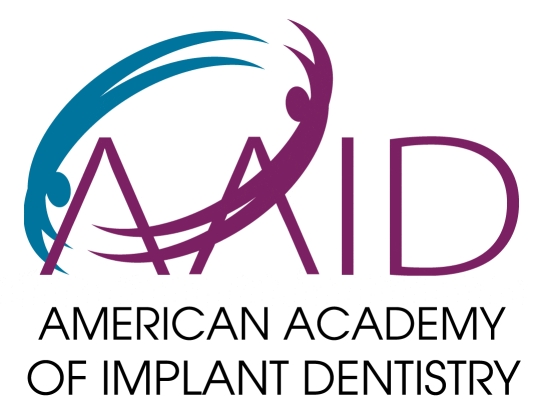Is Invisalign visible when speaking is a top concern for patients at Lansdowne Family Dental who want to straighten their teeth discreetly without anyone noticing they’re undergoing orthodontic treatment. The reassuring answer is that Invisalign aligners are virtually invisible when speaking, even at close conversational distances, thanks to their crystal-clear medical-grade plastic construction and precise custom fit that hugs your teeth closely without bulky brackets or wires. While there may be an extremely subtle difference in light reflection compared to natural teeth, most people will not notice your aligners during normal conversation, presentations, video calls, or social interactions, making Invisalign the preferred choice for professionals, students, and anyone who values discretion. Some patients may experience a slight temporary lisp or minor speech adjustment during the first few days of wearing new aligners, but this quickly resolves as your tongue adapts to the thin plastic material, and most people report no ongoing speech issues throughout their treatment.
At our dental practice, we’ve helped countless patients achieve beautifully straight smiles while maintaining complete confidence in their professional and personal interactions, with many reporting that colleagues, friends, and even family members never realized they were wearing aligners. In this detailed visibility analysis, we’ll examine exactly how invisible Invisalign truly is during speech, discuss the minor adjustment period for speech patterns, share patient experiences and testimonials, and explain why clear aligners offer unmatched discretion compared to traditional orthodontic options.
How Do Invisalign Aligners Work?
Custom-made for your teeth, Invisalign trays consist of smooth, transparent plastic shells that fit firmly over your teeth. Worn for approximately 20-22 hours per day, aligners apply light pressures to incrementally shift teeth into better positions.
As they are removed for eating, brushing, and some social situations, Invisalign delivers an extremely discreet teeth straightening experience compared to obtrusive metal braces.

Is Speech Impacted by Invisalign vs. Braces?
The biggest difference in speech disruption involves:
Invisalign Aligners
- Initially feels bulky and foreign in the mouth
- Tongue presses against plastic while talking
- Most patients adapt within 7-14 days
- Aligners become unnoticeable after a brief adjustment
Braces
- Constantly alter tongue positioning
- Rub and poke tender inner cheeks
- Continually impaired speech clarity
- Never feel fully natural inside the mouth
So while Invisalign causes some temporary speech adjustment, braces constantly muddy diction.
Tips to Keep Invisalign Subtle for Important Events
If worried about Invisalign visibility for interviews, presentations, weddings, or other major events within the first week or two of treatment, try these concealment tricks:
- Practice speaking with trays to build confidence
- Bring a backup aligner set in case of an emergency
- Speak, smile, and gesture normally without feeling self-conscious
- Limit wide grinning to conceal top aligners less
- Take an aligner break strategically during the event if possible
Most people will not notice Invisalign trays at all, especially once you adjust to them. But these tips help ease worries about visibility.
How to Improve Clarity While Speaking with Invisalign In
Pronouncing words clearly while you adapt to aligner sensation just takes some simple adjustments like:
- Over-articulate words – Exaggerate lip and tongue motions
- Speak slowly at first – As comfort increases, speed up gradually
- Use hand gestures – Allows you to enunciate less precisely
- Practice regularly – Reading out loud helps train speech muscles
Speaking perfectly clearly with Invisalign may feel temporarily frustrating. But be patient and persistence pays off quickly.
Why Invisalign Ultimately Feels Natural in Your Mouth
Due to the aligner design and incremental tooth movements, within about 2 weeks maximum Invisalign trays begin fading into the background of your mouth.
Reasons you stop noticing aligners over time include:
- Your brain adapts to the fixture
- Comfort improves as tender spots heal
- Attachments become less abrasive
- Cheeks toughen up reducing friction
- Precision fits prevent rubbing of plastic
So beyond an initial adjustment period, Invisalign aligners soon feel like a normal addition to your mouth.
How Does Straighter Teeth Help Speech Overall?
While aligners themselves may temporarily impair speech, properly aligned teeth greatly improve speech clarity and confidence. Benefits include:
- Closes gaps so less air escapes between teeth
- Allows tongue to position more precisely
- Reduces biting of inner cheeks
- Eliminates tooth crowding making lip closure easier
- Lessons strain on facial muscles
So any very brief Invisalign speech hassles give way to lifelong communication benefits.
To learn more about transforming your smile with the advantages of Invisalign, contact Lansdowne Family Dental today to book a consultation!






